Related Research Articles
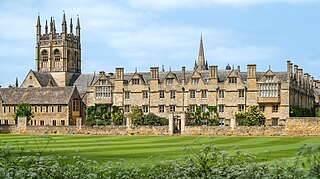
Merton College is one of the constituent colleges of the University of Oxford in England. Its foundation can be traced back to the 1260s when Walter de Merton, chancellor to Henry III and later to Edward I, first drew up statutes for an independent academic community and established endowments to support it. An important feature of de Merton's foundation was that this "college" was to be self-governing and the endowments were directly vested in the Warden and Fellows.
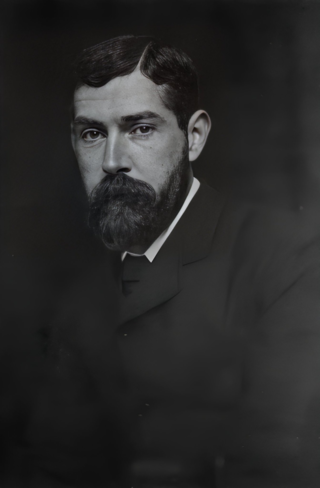
Francis Herbert Bradley was a British idealist philosopher. His most important work was Appearance and Reality (1893).
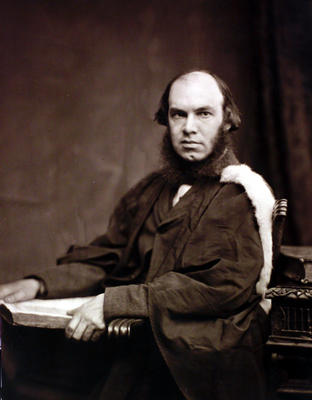
Edward Caird was a Scottish philosopher. He was a holder of LLD, DCL, and DLitt.

John Greaves was an English mathematician, astronomer and antiquarian.
Roger Gilbert Lancelyn Green was a British biographer and children's writer. He was an Oxford academic. He had a positive influence on his friend, C.S. Lewis, by encouraging him to publish The Lion, the Witch and the Wardrobe.
Sir Frederick Maurice Powicke was an English medieval historian. He was a fellow of Merton College, Oxford, a professor at Queen's University, Belfast, and the Victoria University of Manchester, and from 1928 until his retirement Regius Professor at the University of Oxford. He was made a Knight Bachelor in 1946.
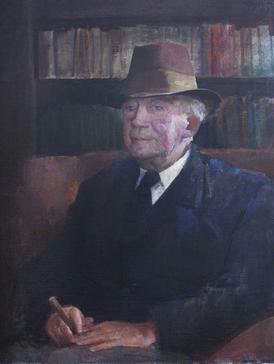
Heathcote William Garrod was a British classical scholar and literary scholar.
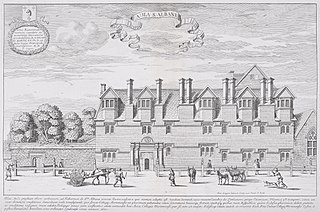
St Alban Hall, sometimes known as St Alban's Hall or Stubbins, was one of the medieval halls of the University of Oxford, and one of the longest-surviving. It was established in the 13th century, acquired by neighbouring Merton College in the 16th century but operated separately until the institutions merged in the late 19th century. The site in Merton Street, Oxford, is now occupied by Merton's Edwardian St Alban's Quad.
Sir Walter Hamilton Moberly was a British academic, born into a clerical dynasty.

Sir Ernest Barker was an English political scientist who served as Principal of King's College London from 1920 to 1927.
Henry Maria Robert Egmont Mayr-Harting is a British medieval ecclesiastical historian. From 1997 to 2003, he was Regius Professor of Ecclesiastical History at the University of Oxford and a lay canon of Christ Church, Oxford.
Sir Hugh Charles Jonathan Godfray CBE FRS is a British zoologist. He is Professor of Population Biology at Balliol College, Oxford, Director of the Oxford Martin School and Director Oxford Martin Programme on the Future of Food.

The Friern Barnet Grammar School was a small private day school for boys located on Friern Barnet Road, North London.
Sir Christopher John Elinger Ball is a British academic, who served as Warden of Keble College, Oxford, from 1980 to 1988, and as the first Chancellor of the University of Derby, from 1995 to 2003.
Walter Alison Phillips was an English historian, a specialist in the history of Europe in the 19th century. From 1914 to 1939 he was the first holder of the Lecky chair of History in Trinity College Dublin. Most of his writing is in the name of W. Alison Phillips, and he was sometimes referred to as Alison Phillips.
Anthony John Fletcher is an English historian of the seventeenth century.
David Bostock was a British philosopher and a Fellow of Merton College, Oxford.
Kenneth Sisam was a New Zealand academic and publisher, whose major career was as an employee of the Oxford University Press.
Robert Bostock, DD was Archdeacon of Suffolk from January 1640 until his death
References
- 1 2 Levens, R.G.C., ed. (1964). Merton College Register 1900-1964. Oxford: Basil Blackwell. p. 539.
- ↑ "Iris View Profile".